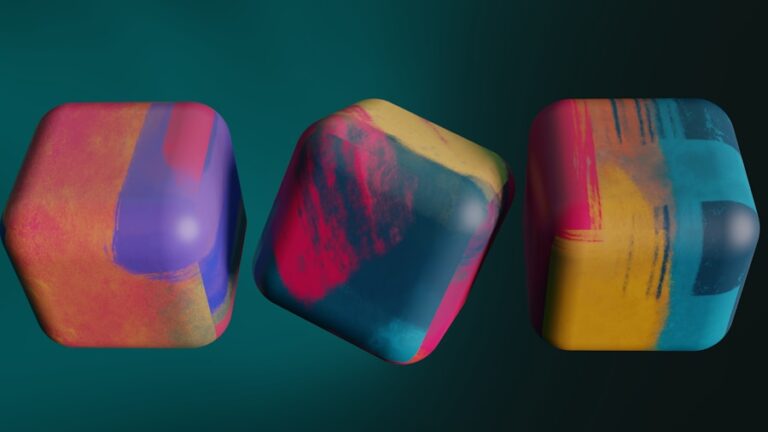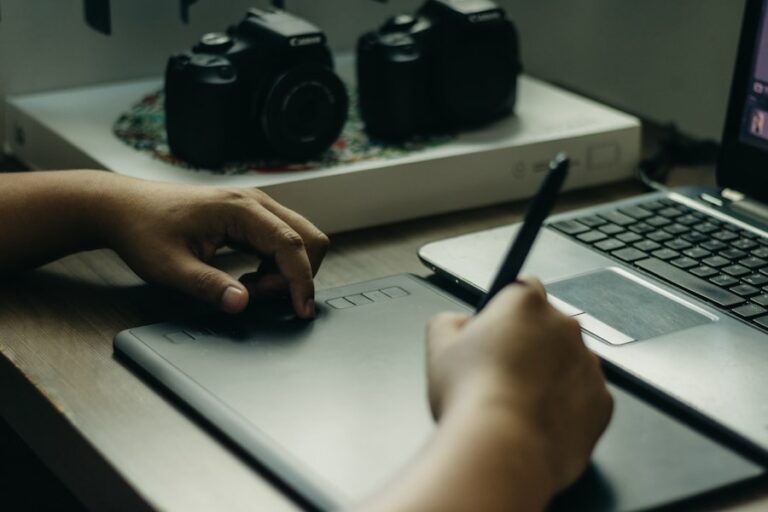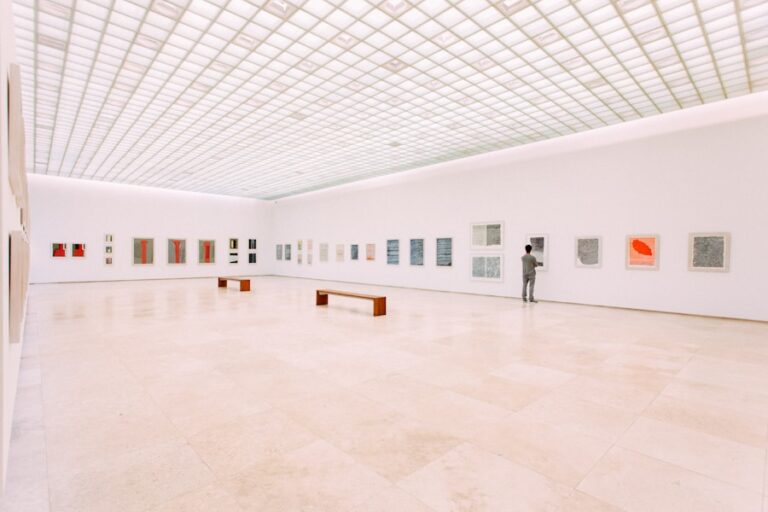Mastering Digital Art: 5 Simple Techniques for Beginners
Digital art is a form of artistic expression that utilizes digital technology as a medium. It encompasses a wide range of artistic styles and techniques, including digital painting, photo manipulation, 3D modeling, and animation. Unlike traditional art forms, digital art is created using computer software and hardware, allowing artists to manipulate and transform images with precision and ease. Digital art has become increasingly popular in recent years, as advancements in technology have made it more accessible to artists of all skill levels.
Digital art offers a unique set of advantages over traditional art forms. For one, it allows artists to experiment with different styles and techniques without the fear of making irreversible mistakes. Digital art also provides a level of flexibility and control that is difficult to achieve with traditional media. Artists can easily undo mistakes, adjust colors and compositions, and experiment with different effects and textures. Additionally, digital art can be easily shared and distributed online, allowing artists to reach a wider audience and connect with other artists from around the world.
Choosing the Right Software and Tools
When it comes to creating digital art, choosing the right software and tools is crucial. There are a wide variety of digital art programs available, each with its own set of features and capabilities. Some popular options include Adobe Photoshop, Corel Painter, Procreate, and Clip Studio Paint. These programs offer a range of tools for drawing, painting, and editing images, as well as support for layers, masks, and other advanced features. It’s important to consider your specific artistic needs and preferences when choosing a digital art program, as each program has its own strengths and weaknesses.
In addition to software, artists also need to consider the hardware they will use for creating digital art. A high-quality graphics tablet is essential for drawing and painting digitally, as it provides a more natural and intuitive way to interact with the software. There are many different types of graphics tablets available, ranging from budget-friendly options to professional-grade devices with advanced features such as pressure sensitivity and tilt recognition. It’s important to choose a tablet that is compatible with your chosen software and suits your artistic needs.
Mastering Basic Drawing Techniques
Mastering basic drawing techniques is essential for creating compelling digital art. Whether you’re creating digital paintings, illustrations, or concept art, having a strong foundation in drawing is crucial. This includes understanding concepts such as line, shape, form, perspective, and composition. Digital artists should also be familiar with the various drawing tools and brushes available in their chosen software, as well as how to use them effectively to achieve different effects and textures.
One important aspect of mastering basic drawing techniques is developing a strong sense of observation and understanding of anatomy and proportions. This can be achieved through regular practice and study of reference materials such as photographs, life drawings, and anatomy books. It’s also important to experiment with different drawing exercises and challenges to improve your skills and expand your artistic repertoire. By mastering basic drawing techniques, digital artists can create more dynamic and expressive artwork that resonates with viewers.
Exploring Color Theory and Composition
Color theory and composition are fundamental aspects of creating visually appealing digital art. Understanding how colors work together and how to use them effectively can greatly enhance the impact of your artwork. This includes learning about concepts such as color harmony, contrast, temperature, value, and saturation. Digital artists should also be familiar with the various color tools available in their chosen software, such as color pickers, swatches, and blending modes.
In addition to color theory, composition is another important consideration for digital artists. Composition refers to the arrangement of elements within a piece of artwork, including the placement of objects, the use of negative space, and the overall balance and harmony of the image. By understanding composition principles such as the rule of thirds, leading lines, and focal points, digital artists can create more visually engaging and impactful artwork. It’s important to experiment with different compositions and color schemes to find what works best for each individual piece.
Utilizing Layers and Masks
Layers and masks are powerful tools that digital artists can use to organize and manipulate their artwork. Layers allow artists to work on different elements of their artwork separately, making it easier to make changes without affecting the entire image. This can be especially useful for creating complex compositions or adding details to specific areas of an image. Masks are another important feature that allows artists to selectively apply or remove parts of a layer without permanently altering the original image.
By utilizing layers and masks effectively, digital artists can achieve greater control over their artwork and experiment with different ideas without fear of making irreversible changes. This can lead to more dynamic and expressive artwork that captures the artist’s vision more accurately. It’s important for digital artists to familiarize themselves with the various layer blending modes and mask types available in their chosen software, as well as how to use them in combination with other tools and features.
Adding Texture and Detail
Adding texture and detail is an important step in creating realistic and visually engaging digital art. Whether you’re creating digital paintings, illustrations, or 3D models, adding texture can greatly enhance the depth and realism of your artwork. There are many different ways to add texture in digital art, including using brushes with textured tips, applying texture overlays or patterns, or using 3D sculpting tools for more complex surfaces.
In addition to texture, paying attention to detail is crucial for creating compelling digital art. This includes adding small elements such as highlights, shadows, reflections, and fine lines that contribute to the overall realism and visual interest of the artwork. Digital artists should also be mindful of the scale and proportion of details within their artwork, as well as how they contribute to the overall composition. By paying attention to texture and detail, digital artists can create more immersive and captivating artwork that resonates with viewers.
Experimenting with Different Styles and Effects
Experimenting with different styles and effects is an important part of developing your own unique artistic voice in digital art. There are countless styles and effects that digital artists can explore, ranging from traditional painting techniques to more abstract or experimental approaches. This includes experimenting with different brush styles, textures, lighting effects, color grading techniques, and more.
By experimenting with different styles and effects, digital artists can push the boundaries of their creativity and develop a more diverse range of artistic skills. This can lead to more dynamic and expressive artwork that stands out from the crowd. It’s important for digital artists to be open-minded and willing to take risks when experimenting with different styles and effects, as this can lead to new discoveries and breakthroughs in their artistic practice. Ultimately, experimenting with different styles and effects is an important part of growing as an artist and finding your own unique artistic voice in the digital art world.
In conclusion, digital art offers a wide range of creative possibilities for artists of all skill levels. By understanding the fundamentals of digital art, choosing the right software and tools, mastering basic drawing techniques, exploring color theory and composition, utilizing layers and masks, adding texture and detail, and experimenting with different styles and effects, digital artists can create compelling and visually engaging artwork that resonates with viewers. With advancements in technology continuing to expand the possibilities of digital art, there has never been a better time for artists to explore this exciting medium and push the boundaries of their creativity. Whether you’re a seasoned professional or just starting out on your artistic journey, there’s always something new to discover in the world of digital art.





